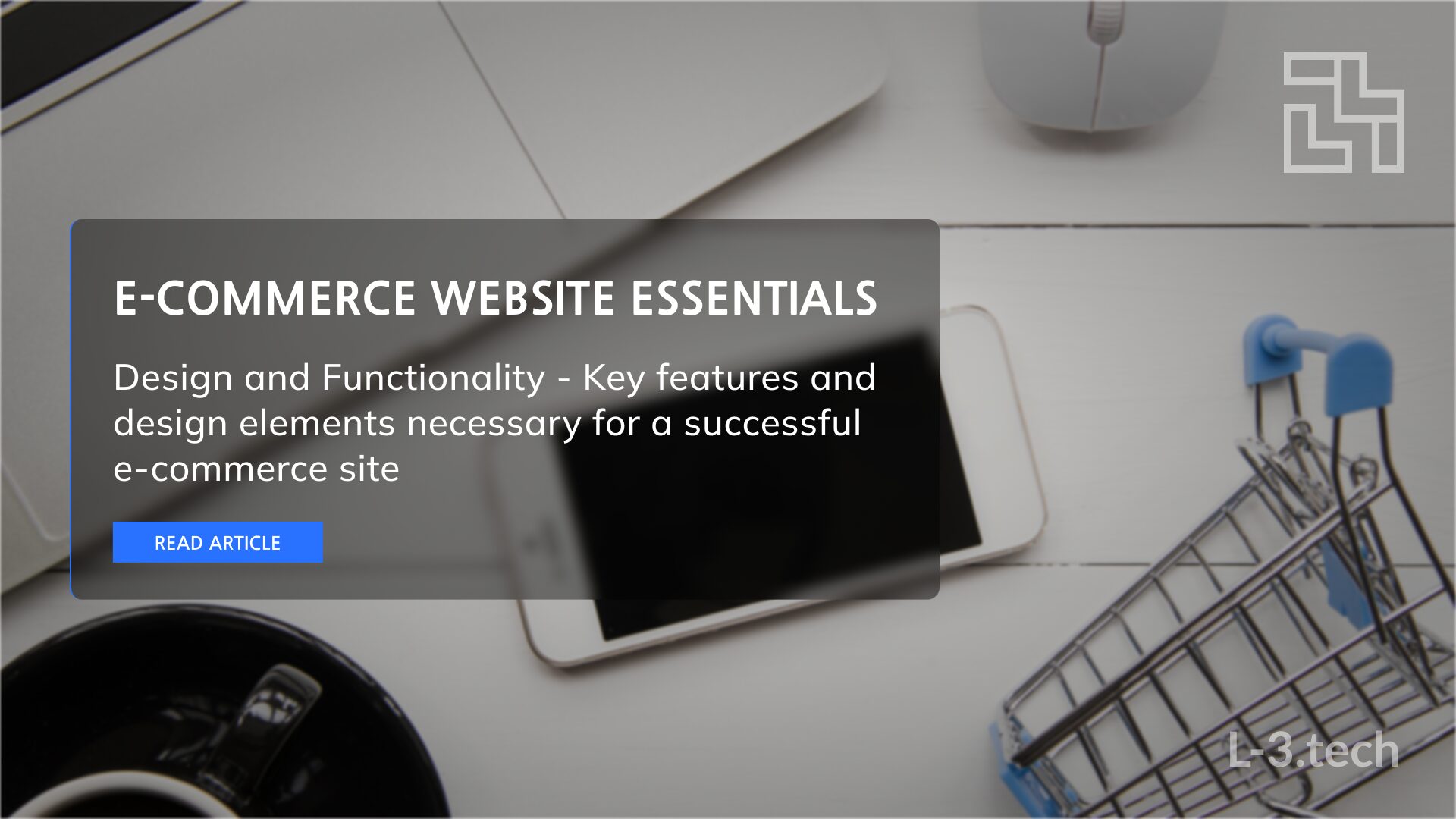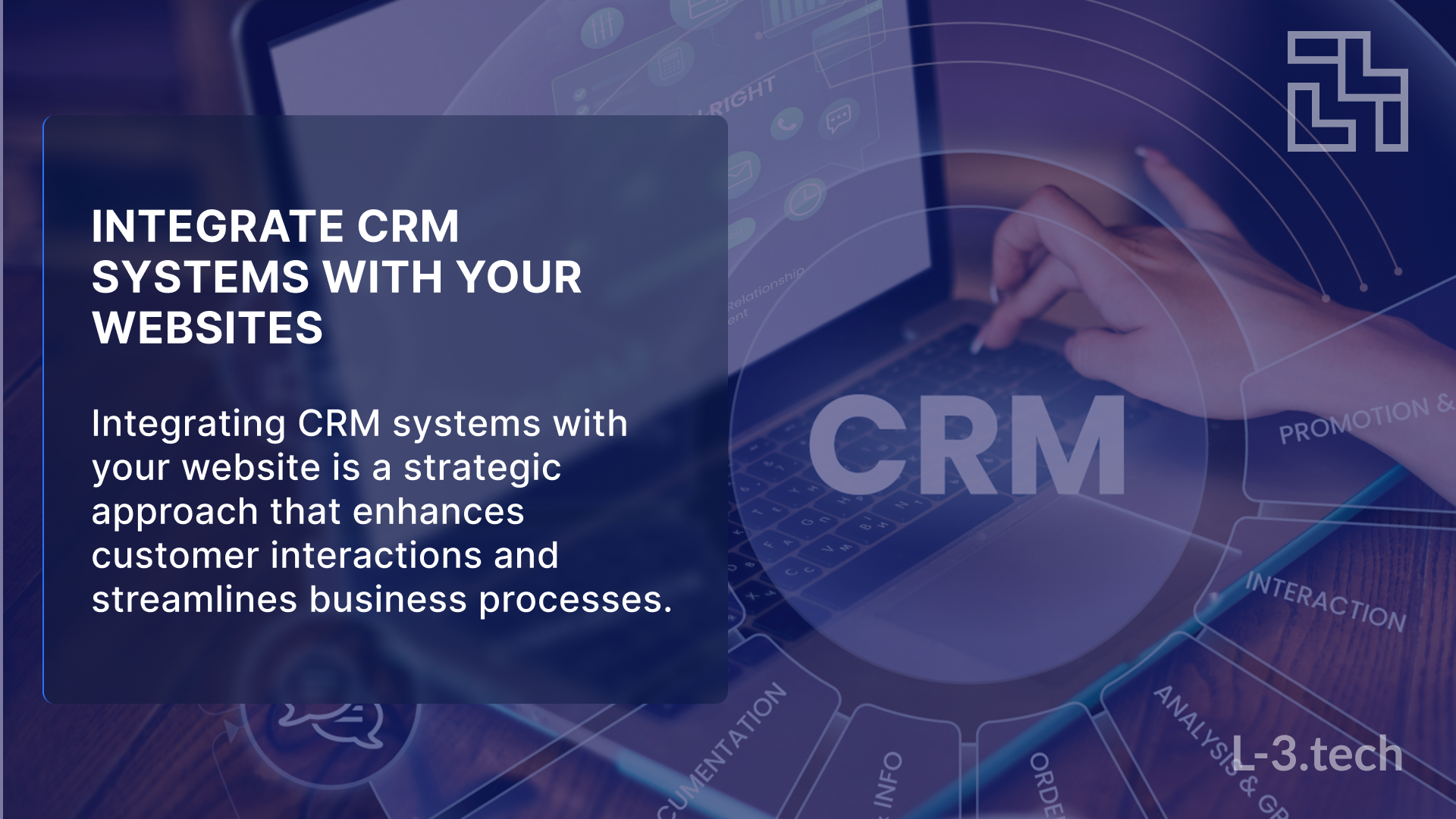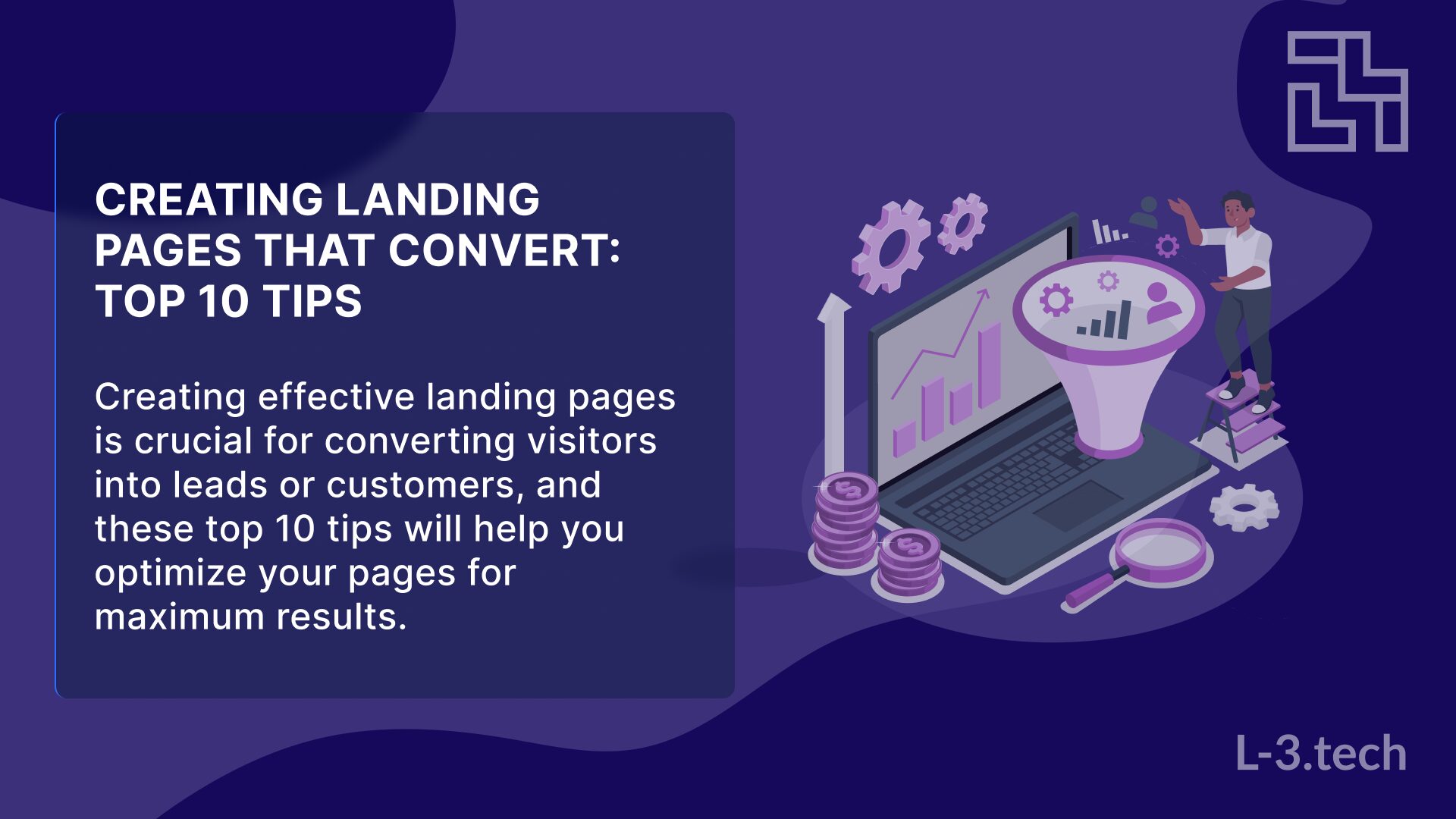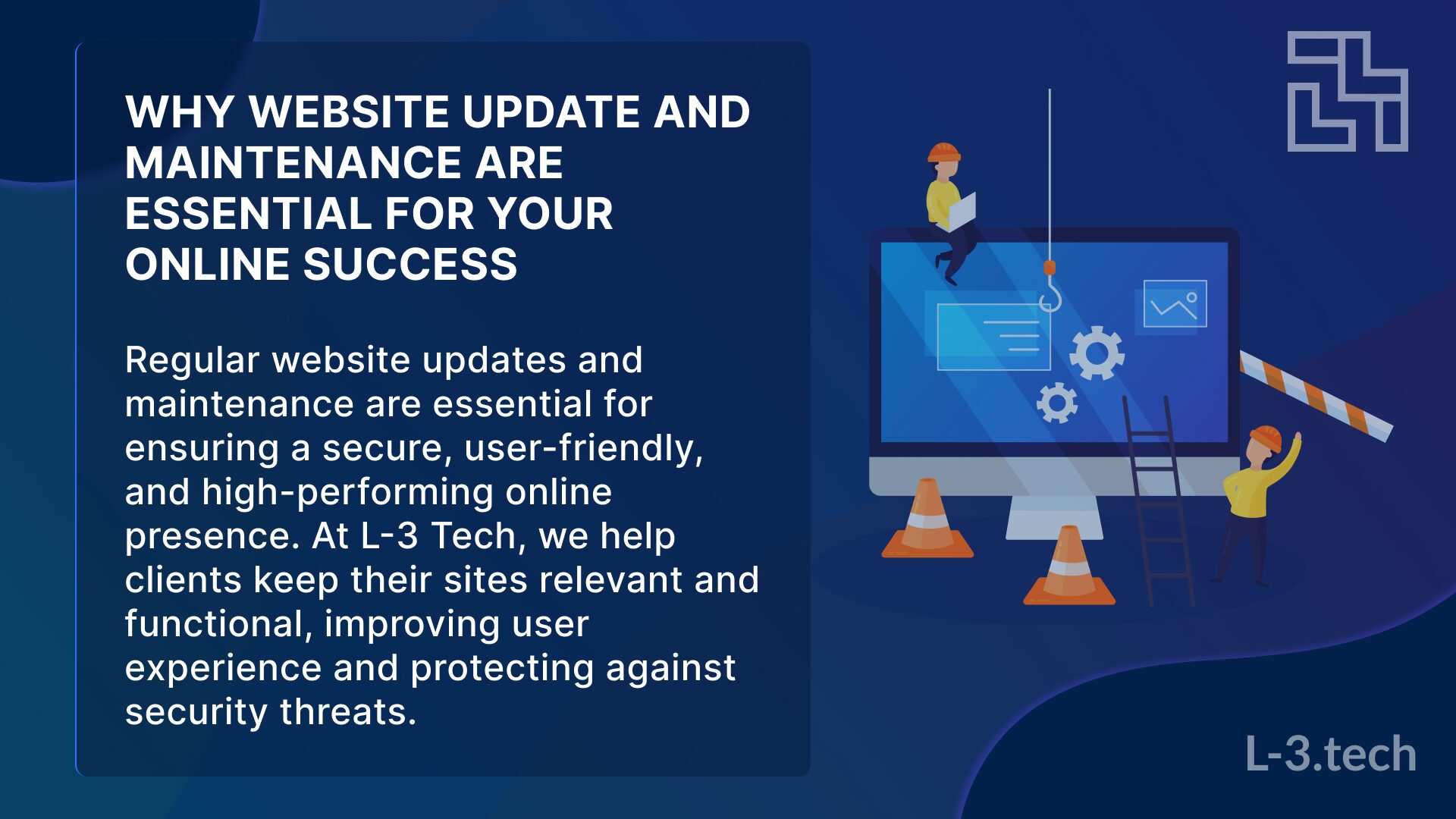Design and Functionality – Key features and design elements necessary for a successful e-commerce site.
In today’s digital age, the e-commerce industry is booming. With an increasing number of consumers turning to online shopping, businesses must ensure their e-commerce websites are not only visually appealing but also highly functional. An effective e-commerce website can significantly impact a company’s sales and customer satisfaction. This article will explore the essential design and functionality features necessary for a successful e-commerce site, incorporating SEO best practices to enhance visibility and traffic.
User-Friendly Design
1. Intuitive Navigation A seamless user experience begins with intuitive navigation. Your website should have a clear, logical structure that allows visitors to find products quickly and easily. Use a clean layout with categories and subcategories that make sense to users. Implementing a breadcrumb trail can also enhance navigation by showing users their path through the site.
2. Mobile Responsiveness With more than half of web traffic coming from mobile devices, it’s crucial that your e-commerce site is fully responsive. Ensure that your design adjusts gracefully to different screen sizes and orientations. Mobile-friendly websites not only improve user experience but also rank better in search engines.
3. High-Quality Images and Videos Visual content plays a significant role in e-commerce. High-resolution images and videos give customers a better understanding of the products, making them more likely to make a purchase. Implement zoom functionality and multiple views for each product to provide a comprehensive look.
Essential Functionality
4. Fast Loading Speed Page loading speed is critical for retaining visitors and reducing bounce rates. Optimize images, leverage browser caching, and use content delivery networks (CDNs) to ensure your site loads quickly. Google considers page speed as a ranking factor, making it essential for SEO.
5. Secure Payment Gateway Trust is paramount in e-commerce. Integrate a secure payment gateway to protect customer data and build trust. Offer multiple payment options, such as credit cards, PayPal, and other digital wallets, to cater to a broader audience.
6. Robust Search Functionality A powerful search function with filters and sorting options can significantly enhance user experience. Implement autocomplete suggestions and allow users to refine their search results by various criteria such as price, rating, and brand.
SEO Best Practices
7. Optimized Product Descriptions Craft unique, keyword-rich product descriptions to improve your site’s search engine rankings. Avoid duplicate content and focus on providing valuable information that addresses customer needs. Use bullet points for easy readability and include relevant keywords naturally.
8. Meta Tags and URL Structure Optimize meta titles and descriptions for each product page. Ensure your URLs are clean, descriptive, and include relevant keywords. This practice not only improves SEO but also enhances user experience by providing clear information about the page content.
9. Customer Reviews and Ratings Incorporate customer reviews and ratings to build trust and provide social proof. Positive reviews can boost your site’s credibility and influence purchasing decisions. Additionally, user-generated content can improve your site’s SEO by adding fresh, relevant content.
Advanced Features
10. Personalization and Recommendations Implement personalized product recommendations based on user behavior and preferences. Use data analytics to suggest products that are likely to interest individual customers, enhancing their shopping experience and increasing sales.
11. Efficient Checkout Process Simplify the checkout process to reduce cart abandonment rates. Allow guest checkouts and minimize the number of steps required to complete a purchase. Clearly display shipping costs and delivery times to set proper expectations.
12. Customer Support Integration Offer multiple customer support options such as live chat, email, and phone support. An accessible and responsive support system can address customer concerns promptly, leading to higher satisfaction and repeat business.
Conclusion
Creating a successful e-commerce website requires a strategic blend of design and functionality. By focusing on user-friendly design, essential functionalities, and SEO best practices, businesses can build a robust online presence that attracts and retains customers. Prioritizing these key features will not only enhance the user experience but also drive traffic and boost sales.




